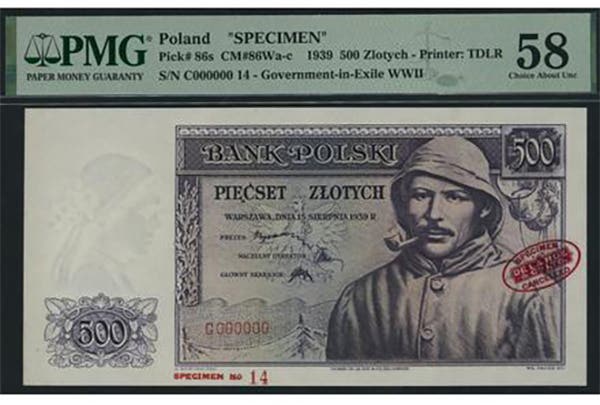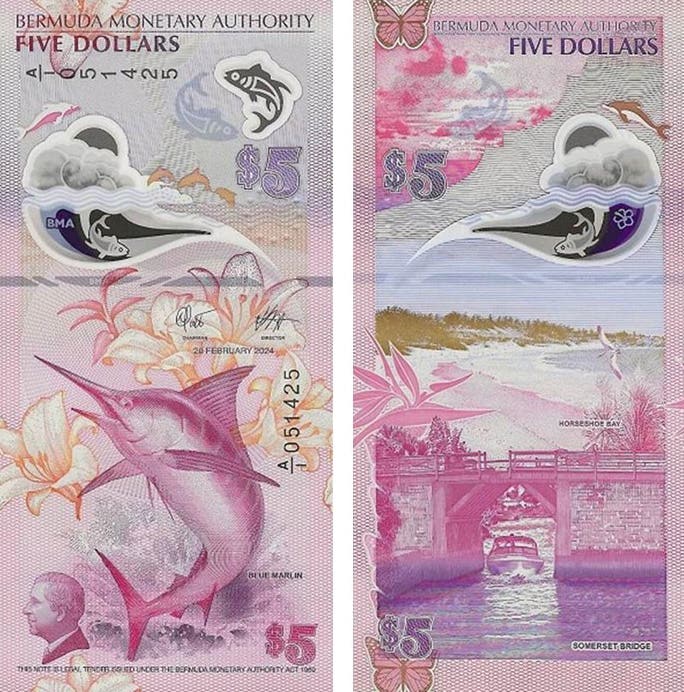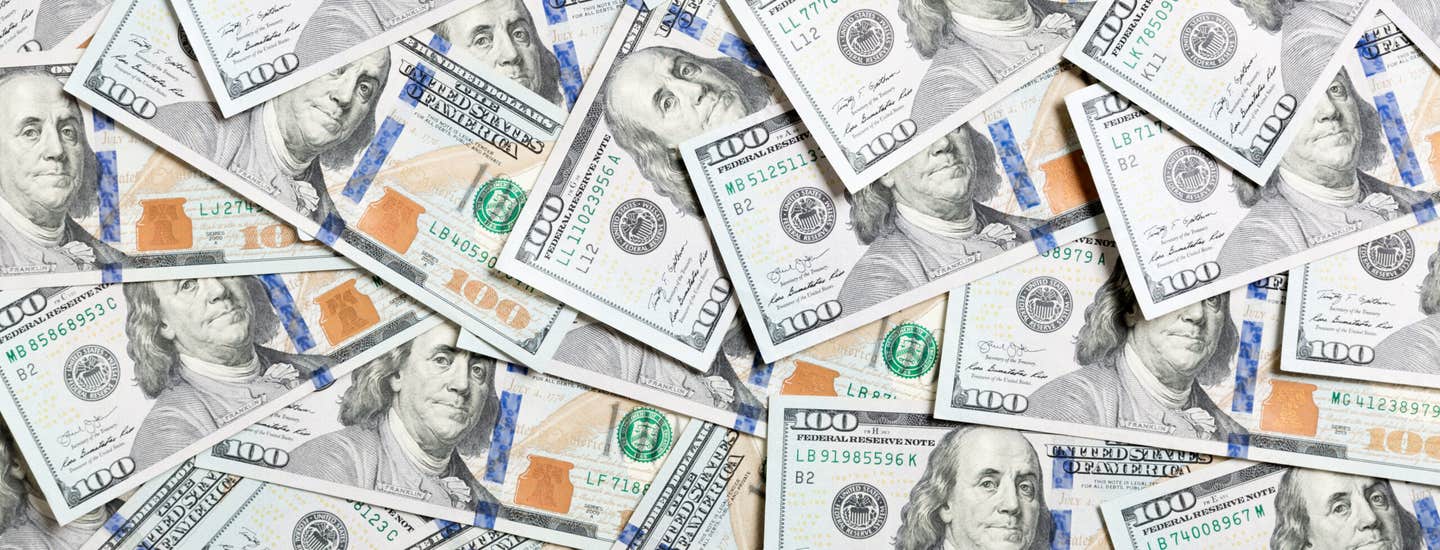From Iowa Nationals to Matchstick Masterpieces
By Mark Hotz I found myself flipping through my Nationals collection the other week, and I came across a few Iowa notes that reminded me of visits I had made…
By Mark Hotz
I found myself flipping through my Nationals collection the other week, and I came across a few Iowa notes that reminded me of visits I had made to their towns more than a decade ago. I thought it would be fun to revisit those towns since they were pretty interesting. Let’s go!
Rural Gladbrook, Iowa, in northwestern Tama County – about equidistant from Marshalltown and Waterloo – sits on State Route 96 just north of Union Grove State Park. My interest in Gladbrook was, again, based on a National Bank Note in my collection. So, as the afternoon sun began its downward spiral, I followed the circuitous route of twists and turns into downtown Gladbrook.
Many years ago, at the Memphis International Paper Money Convention, I had the chance to flip through a large collection of Iowa Nationals that was being split up. Although not interested in Iowa notes at the time, I did spy an interesting but rather tattered $10 note of the 1882 Date Back series that hailed from the First National Bank of Gladbrook. This rather decrepit note was accompanied by a yellow certificate indicating that it had been part of the “Boys’ Hidden Treasure,” a cash hoard discovered by 12 boys in Bayard, Iowa, on June 1, 1965. I am a hopeless case when it comes to interesting history surrounding bank notes, so I inquired as to the price. Rather pleased at the quote of just $20 for the note, I forked over the cash and determined to learn more about this “treasure.”
I wrote extensively about the “Boys’ Hidden Treasure” in a 2001 Bank Note Reporter article, but to explain briefly, the “treasure” was a cash hoard of coins and notes dug up by 12 boys who were building a clubhouse for their “Space Cadets Club” in Bayard. The boys had been digging in the foundation of a torn-down garage when they discovered the money buried in old fruit jars. The face value of the hoard was just over $11,500, a small fortune in 1965. While this was a classic story right out of Middle America, replete with “golly gees!” and smiling, fresh-faced boys, it turned into a sad commentary on the greed that permeates everything.
As soon as the discovery was disseminated around town, several claimants demanded the money be turned over to them. These included the current landowners, the heirs of the prior landowners, and eventually the American Red Cross. The legal wrangling lasted years; eventually, the treasure was sold at public auction on Nov. 2, 1969. In a court-approved settlement, the 12 boys received 40 percent of the proceeds to split among them. The treasure consisted of many old large size notes and gold coins, so the total realized was just over $17,000. The whole episode soured the boys and their families; one boy dryly commented after finally receiving his share of the treasure four years later, “We should have pocketed it all and not told anybody.”
After learning the details of this rather big event in rural Iowa (the newspaper clippings I received from the local library about the treasure totaled 30 pages!), I decided to visit Gladbrook and see where my note had originated before ending up buried in a glass jar in a vacant lot in the early 1960s.
When I finally rolled in to downtown Gladbrook, I looked around for the obvious bank building. I was rather nonplussed, however, when I spied a very modern looking bank building, complete with drive-thru, sitting on what appeared to be the main corner block. I parked my car and looked around the town. The only really attractive building was a classic Masonic Hall across the street.
After wandering a bit, I returned to find an older gentleman staring intently at my car, seemingly mesmerized by my Maryland license plate. In any event, I engaged him in conversation, inquiring if he was a longtime Gladbrook resident. Upon receiving an affirmative reply, I queried if he knew where the old national bank had been. “It was there, across the street,” he said, motioning at the gorgeous Masonic Hall. “The bank was on the first floor, and the Masonic Hall was upstairs; bank’s been closed for a decade, though.” I was quite pleased, as the Masonic Hall (see photo at left) was truly a beautiful structure.
We conversed some more; he seemed pleased to talk to an “Easterner” and enjoyed spinning some tales about old Gladbrook. The town, he told me, had at one time been a rather busy, bustling place. One of the more eccentric local characters, given the moniker “Shaky” by the townsfolk for his rather wobbly, unsteady gait, had a five-foot high wooden chair he used to set up on the Main Street sidewalk; he would perch himself atop it and watch the goings on about town all day long!
Just before I started to leave, the gentleman asked if I might like to visit “Matchstick Marvels,” a small local museum located in the remodeled building in front of which we were standing. Although it was nearly 6 pm and I needed to move on, I was intrigued. “What is Matchstick Marvels?” I asked. “Come in and see,” he replied, “you’ll be surprised.” I agreed, but once we entered, he accosted me for a $2 entrance fee. With a chuckle, I paid up.
Inside, I was stunned; the room was filled with huge models of famous buildings, ships, and planes, each painstakingly created from matchsticks. Each model had a card indicating how many matchsticks had been employed. The magnificent U.S. Capitol (see photo on page 22) measures over 12 feet long and 5 feet high and was created with over 500,000 matchsticks.
All of these creations were carved and put together by Patrick Acton, who has lived in Gladbrook for 25 years. A builder and woodworker since childhood, he has turned his love of woodworking into a rare art form. Many of his fabulous creations have been featured at Ripley’s Believe it or Not Museums. In addition to a matchstick U.S. Capitol, his creations include a 13-foot long battleship U.S.S. Iowa and a 7-foot high space shuttle Columbia. The U.S.S. Iowa model, for example, took 800 hours and 80,000 matchsticks to build. It truly was fascinating...and very weird!
The First National Bank of Gladbrook received charter #5461 in 1900. Its total issue was $633,000; a dozen large and a dozen small are reported in the Kelly census. It was the only national bank in town. In addition to my tattered note from the “Boys’ Hidden Treasure,” I have included photos of both large and small notes issued by the bank.
The next day, as I headed west along U.S. 20 across central Iowa, I took a detour south to extremely remote Farnhamville in Calhoun County, about 20 miles southwest of Fort Dodge. Farnhamville seemed sufficiently out of the way for a look. Its bank, the First National Bank of Farnhamville, charter #11907, was organized in 1920 and closed by the receiver in 1933. It had a relatively small issue of $312,000. Currently six large and four small notes are reported.
It was not all that easy to get to Farnhamville, as it sits about 10 miles south of the highway off a derelict county road. I was expecting to find a really ghostly place but was surprised to find Farnhamville seemingly prosperous in the midst of nothing. I found the old bank, a rather substantial building lovingly maintained as the public library. For once, the library was open, and I went in for a look. Several elderly matrons were working as volunteers, and they eagerly answered my questions about the town. “A fire destroyed much of Farnhamville in 1933,” I was told, “but many old structures survived.” The ladies remembered when the building had been a bank, and one even remembered seeing currency with the Farnhamville name. No, none of them had any for sale. I have included a photo of the bank with my car parked in front, as well as examples of both large and small notes that the bank issued.
Readers may address questions or comments about this article or National Bank Notes in general to Mark Hotz directly by email at markbhotz@aol.com.
This article was originally printed in Bank Note Reporter. >> Subscribe today.
If you like what you've read here, we invite you to visit our online bookstore to learn more about Standard Catalog of United States Paper Money.
NumismaticNews.net is a participant in the Amazon Services LLC Associates Program, an affiliate advertising program designed to provide a means for sites to earn advertising fees by advertising and linking to Amazon.com and affiliated websites.








